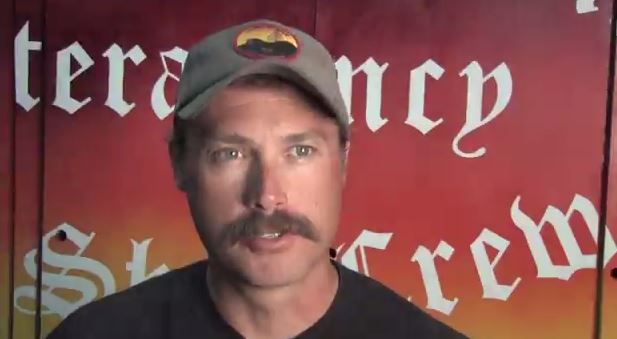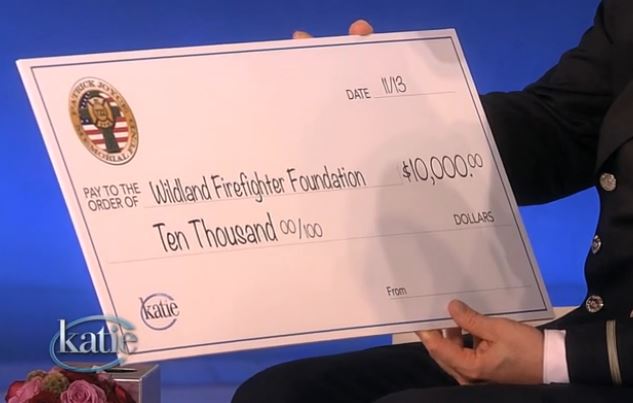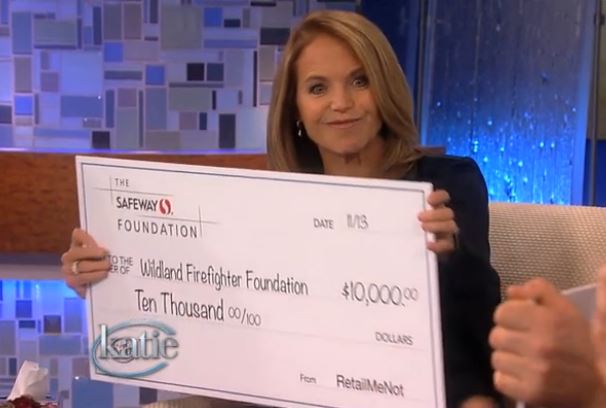(Originally published at 10:16 a.m. MST December 26; revised at 12:55 p.m. MST December 27, 2013)
This 34-minute documentary about the Yarnell Hill and 1994 South Canyon Fires is more evidence of how the deaths of 19 firefighters in Arizona on June 30 continues to resonate not just in the firefighter community but in the public as well. Six months later the media is still producing lengthy articles, sometimes a series of articles, and films inspired by the tragedy. This makes us think that if there is similar interest within the leadership of the wildland fire agencies there could be hope that lessons are being learned and meaningful changes could occur that may reduce the chances of it happening to another crew of 10 to 20 people. But there was similar hope almost 20 years ago when 14 firefighters died on the South Canyon Fire.
The documentary was produced by the Magic Valley Times-News which has recently published a series of articles about wildland firefighting:
- What Happened in Yarnell, Arizona
- Firefighting Air Resources Aging, Costly
- 20 Years After the South Canyon Fire
- Fire Shelters: Life Saver or Death Trap?
- Experts, Journalists talk Wildland Firefighter Death Prevention
- Five Changes Needed to Prevent More Wildfire Deaths
- Our View: Fire Deaths Can Never Happen Again
****
UPDATE: December 27, 2013: We found another article in the series: Questioning Authority: The South Canyon Solutions. While this article is interesting reading, and quotes Pete Blume who was the BLM Fire Management Officer at Grand Junction during the South Canyon fire, like most of the other articles it has a number of factual errors, for example claiming that the South Canyon fatalities directly led to several specific changes, some of which did not come about as a result of the fire. And there’s this:
An IC on a big wildfire today, for example, may appoint someone to oversee logistics, such as care and feeding of the crews; someone to spearhead finances, dealing with contractors’ shift tickets, crew time reports, etc.; and another person on operations, i.e. strategy and tactics, who may set up two divisions of teams, each responding to their respective supervisors.
This shows a lack of understanding of the Incident Command System by the writer, a system that was first used on the Pacoima Fire in 1975 and became widely used in the 1980s. And “two divisions of teams”? Please.
****
Below is an excerpt from the last section of the “20 Years After the South Canyon Fire” article:
****
“….Meanwhile, seasoned fire managers report to officials in Washington, D.C., who may be from forestry, fisheries or recreation.
“People who come into these situations aren’t coming from fire,” said Alex Robertson, [deputy fire staff officer for a vast swath of Oregon, working for the U.S. Forest Service and BLM]. “Many times, they have zero experience on fire, but we’re coming to them for decisions. … it could mean a bad deal for some poor firefighter on the ground because of a decision made many miles away.
“We’re trying to explain risk and exposure to someone who doesn’t know what it means to be on top of a snag patch with flames 100 feet high.”
“I’m looking at 20-plus years in fire service, but decisions are being made by somebody with 90 days,” said one manager, whose identity is being withheld to protect his career. “It may be a very talented, brilliant individual, but they don’t have the same mental slides. It’s troubling that somebody with 90 days’ experience is making decisions for firefighters nationwide.”
“Why would we hire non-fire people into a fire agency?” asked another supervisor, whose identity also is being withheld. “But it still happens today. People in charge of fire and aviation should have an understanding of fire and aviation. But the people in charge don’t.”
Military aviation people without fire experience often are hired under the federal “veterans’ preference,” and no one begrudges a job for someone who risked their life for their country. “But it takes so long for Department of Defense people to learn fire service,” the supervisor said. “We’ve got to get the focus back to the firefighters on the ground. You could have become a master in biology or some ‘ology,’ and you have to have at least 90 days’ experience. But you could become a fire management officer for a district.”
Administrators “have to be allowed the time to learn (fire),” said Joe Brinkley, [manager of the McCall Smokejumper Base, brother of Josh Brinkley and a triplet brother of Levi, who died in the South Canyon fire]. “Somehow there has to be a relationship where everybody’s talking to everybody.”
That’s why leaders need to take time outside of the fire season to “build these relationships and trust” with top administrators, Alex Robertson said. “They’re going to make decisions that put firefighters at risk. So we’re trying to build those relationships.” “





